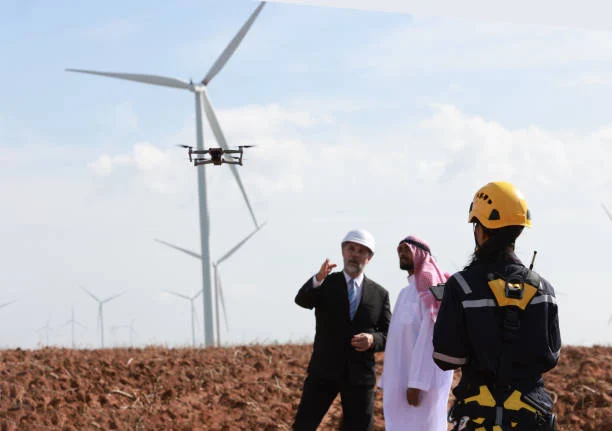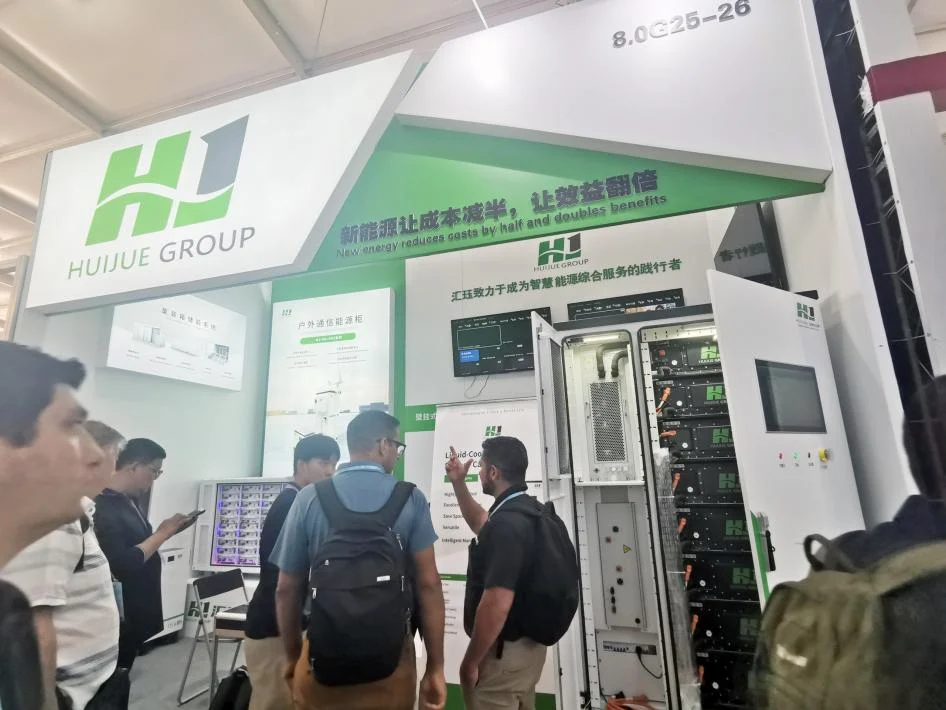Container Energy Storage Solutions: Enhancing Jordan’s Grid Stability Amid Policy Shifts
2025-04-25
Jordan's energy sector is poised on the brink of revolution, driven by the nation's demand for cleaner energy and more reliable grids. Since Jordan lacks domestic fossil fuels and is very import-dependent, it is looking for Container Energy Storage Solutions for peak power, renewable energy integration, and resilience against shifting energy policies.

The Shaping Jordan Energy Storage Future Opportunities
National Goals and Policy Support
- Jordan will have 34% of its electricity coming from renewables by 2030 based on its Renewable Energy and Energy Efficiency Law.
- Ministry of Energy and Mineral Resources (MEMR) allocated 500 MW of energy storage capacity—largely in Container Energy Storage Solutions—to balance the intermittency of renewables.
Technological Pathways
- Battery Energy Storage Systems (BESS):Lithium-ion containers for rapid response along with solar PV plants.
- Pumped Hydroelectric Storage:Mountainous water-pumping storage with multi-hour discharge.
- Hybrid Wind–Solar–Storage:Pilot wind turbine, PV array, and container battery demonstrations for off-grid and grid support deployments.
Jordan Energy Market Players
Major Project Developers
- ACWA Power: Implemented PPAs on solar PV-plus-storage with containerized 50 MW/100 MWh BESS units to deliver grid services.
- Enviromena Power Systems:Built a 20 MW mobile PV container project to supply power to remote areas and military bases.
- EEHC–Jordanian Electric Power Company:Foreign consortium joint ventures to utilize massive container energy storage.
OEMs and Suppliers
| Company |
Core Offering |
Region Served |
| Tesla Energy |
Megapack lithium-ion containers |
Aqaba, Amman regions |
| BYD |
Containerised BESS with modular expansion |
Major solar farms |
| Fluence |
Fluence Powerstack integrated storage |
Grid stabilization projects |
Integrating Renewables Through Jordan Renewable Energy Integration
Grid Code Enhancements
- Solar and wind farms are mandated by new regulation to add energy storage equipment for voltage and frequency control.
- National Electric Power Company (NEPCO) offers feed-in-tariffs for PV projects with storage in containers to enable quicker renewable integration.
Pilot Microgrid Initiatives
- Mafraq and Azraq rural electrification projects use containerized solar-plus-storage microgrids, reducing diesel generator usage by 70%.
- Off-peak charging and peak-shaving are offered through demand-side management by smart inverters and BESS.
Jordan Energy Storage Best Practices for Grid Stability
Site Selection and Deployment
- Modular Construction:Ready-to-deploy containers facilitate rapid deployment and standardized commissioning at multiple locations.
- Thermal Control:Container-based active cooling technology reduces degradation in Jordan's climate.
Operational Tactics
- Peak Shaving: BESS discharge during peak hours reduces stress on transmission lines.
- Frequency Regulation: Rapid-response containers sell into ancillary service markets.
- Remote Monitoring: SCADA integration facilitates 24/7 health monitoring and predictive maintenance.
Safety and Standards
- Compliance with IEC 62619 (secondary cells) and IEC 62933 (safety of ESS provides strong protection from overcharge and fire.
- Third-party testing (UL-9540A) confirms thermal runaway mitigation methods.
Looking Ahead
Jordan's application of Container Energy Storage Solutions is at the forefront of its grid stability approach, offering a safe, modular, and affordable means for the attainment of renewable energy integration objectives. Modular storage, sound policy frameworks, and stakeholder engagement with energy market participants enable the kingdom to bridge policy transition and attain a low-carbon, stable power system.





